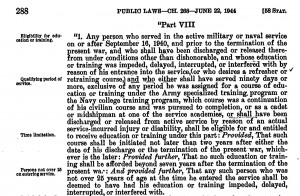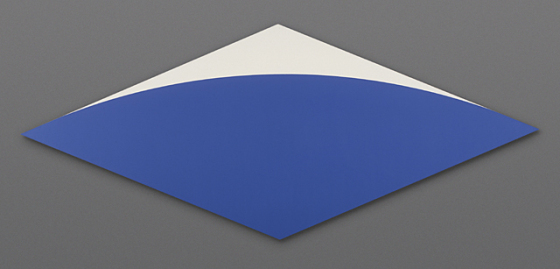Surely some art historian has puzzled through the impact of the GI Bill on the history of American art.

Servicemen’s Readjustment Act of 1944
I noted in the PBS Newshour’s obituary this evening that the late Ellsworth Kelly, after serving in the U.S. Army during World War II, went to art school on the GI Bill. My Dad was part of that generation – a young guy who wanted to make art and got a crack at the education he needed thanks to the “Servicemen’s Readjustment Act of 1944”. The statute’s presumption was that guys like Kelly and Dad “whose education or training was impeded, delayed, interrupted, or interfered with by reason of his entrance into the service” deserved a chance to resume said education.
I have only anecdotes, but know of a wave of artists who got the chance at the years of study and “Masters of Fine Art” degree. My Dad never rose to the level of Kelly, whose abstractions wowed me when I first saw them as a teenager at the Los Angeles County Museum of Art. But Dad had a crack at making a living at art that he never would have had absent the GI Bill. Surely that wave of talent, which otherwise would have gone untapped, had some influence on the trajectory of 20th century art.
One must not forget that the GI Bill was not, in the words of scholar Hilary Herbold, a “level playing field“. Black servicemen may have enjoyed the same benefits on paper as Kelly and my Dad, but in practice the U.S. system of higher education remained a system of unequal access. But for those who benefitted, it was a remarkable opportunity.


Thanks for the history lesson and the info about your Dad.